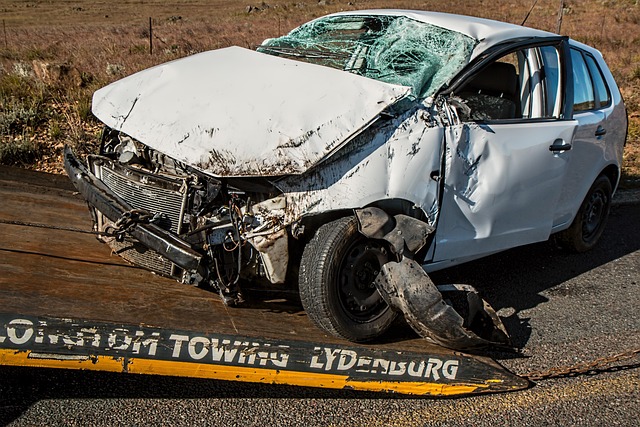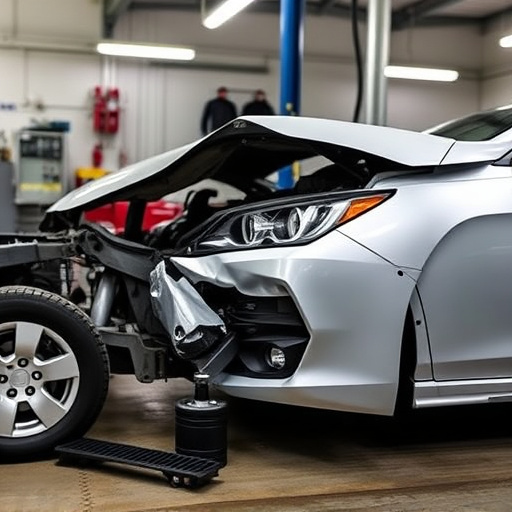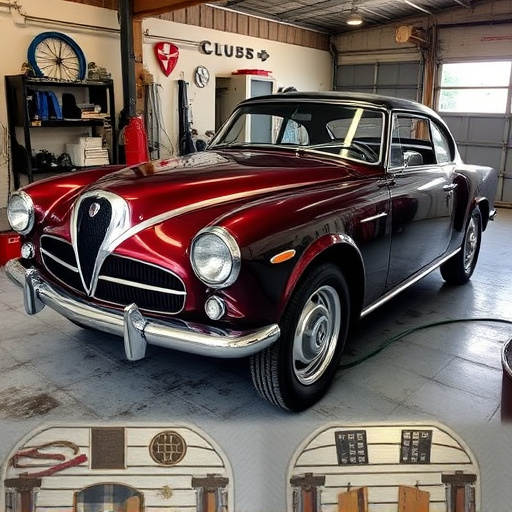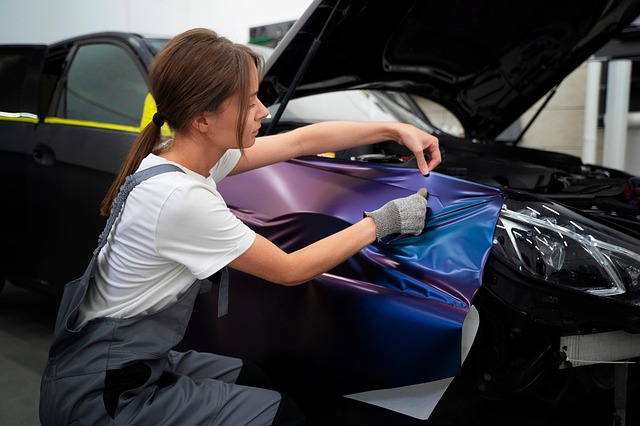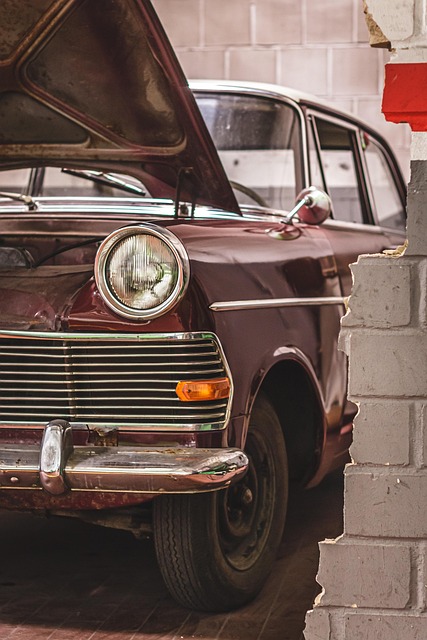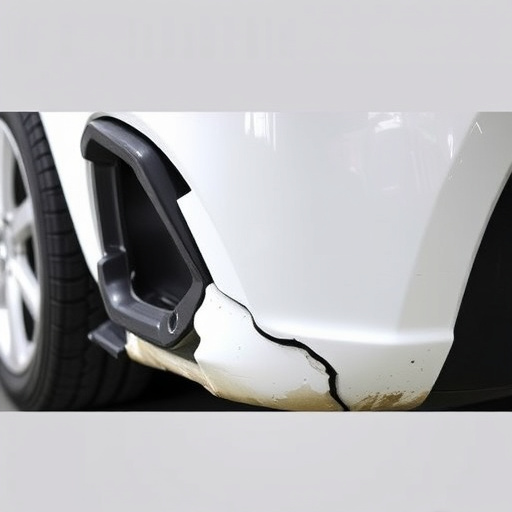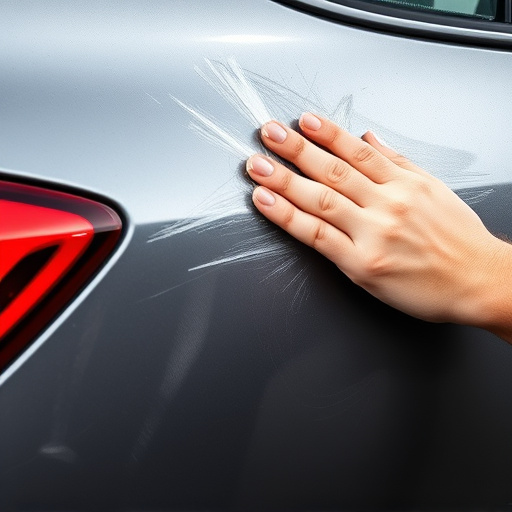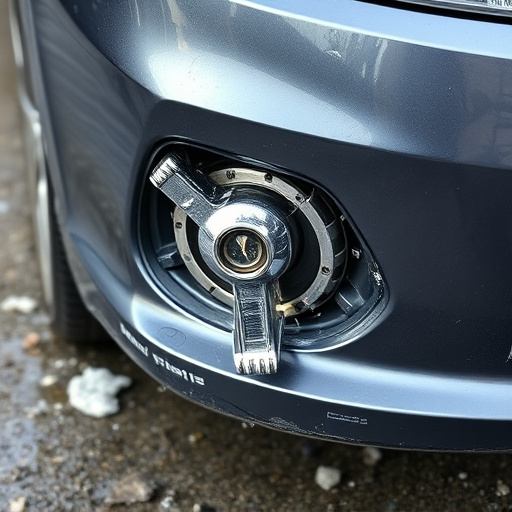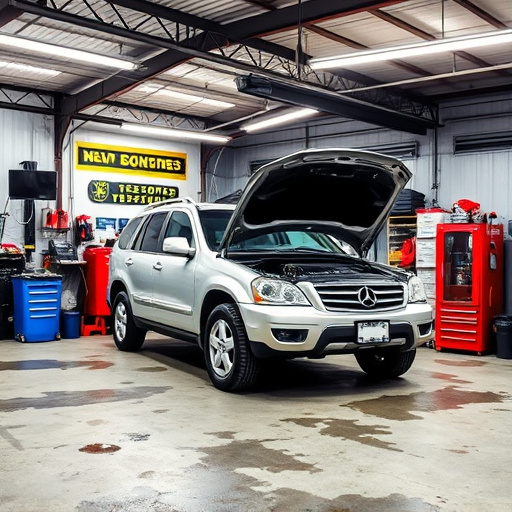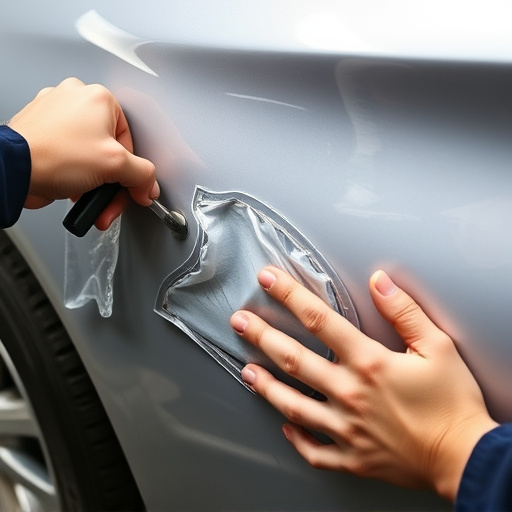Meticulous inspection of storm damage is crucial for both homes and vehicles, identifying visible and hidden issues. For cars, specialized documentation and skilled technicians are needed to replace parts like windshields and straighten frames. Repair duration varies based on storm intensity, part availability, weather conditions, and shop capacity. Storm damage collision repair aims to restore properties to pre-storm condition with high-quality parts and precise techniques.
After a storm, navigating the process of storm damage collision repair can be overwhelming. This comprehensive guide breaks down the typical timeline for repairs, providing insight into every step. From assessing the extent of damage to understanding the factors lengthening completion time, you’ll gain a clear picture. Learn how professionals approach storm damage collision repair and what to expect throughout each phase, empowering you with knowledge in this challenging situation.
- Assessing Storm Damage Extent
- Repair Process: Step-by-Step Breakdown
- Factors Affecting Completion Time
Assessing Storm Damage Extent

Assessing the extent of storm damage is a critical step in the storm damage collision repair process. Once a severe storm has passed, homeowners and business owners alike must carefully inspect their properties to determine the full scope of the damage. This involves not just identifying visible scars like broken windows, dented roofs, or uprooted trees but also assessing structural integrity and potential hidden issues within walls, floors, and ceilings.
Professionals in the automotive repair sector, particularly those specializing in automotive body shops, play a vital role during this phase. They help in documenting damage to vehicles, which can include everything from cracked windshields and dents to more complex issues like water intrusion or framework damage. This meticulous evaluation is essential for creating accurate estimates and ensuring that every aspect of the storm damage collision repair process is comprehensive, addressing both visible and underlying challenges to restore properties to their pre-storm condition.
Repair Process: Step-by-Step Breakdown

The storm damage collision repair process involves several meticulous steps that require skilled technicians and high-quality parts. It begins with a thorough inspection to assess the extent of the damage, including both visible and hidden issues like dented panels, cracked windshields, or damaged frameworks. Once the damage is accurately identified, the vehicle is prepared for repairs, which often includes washing and decontaminating the car to prevent further corrosion.
Next, specialized tools are used to remove damaged parts, such as doors, fenders, or headlamps, while others, like auto glass replacement, may require specific techniques to ensure precision. Skilled technicians then proceed with repairs, which can range from straightforward adjustments and paints for minor dents to complex frame straightening and Mercedes Benz repair for more severe cases. After all repairs are completed, a final inspection is conducted to guarantee quality, followed by the reinstallation of parts like windows, doors, and other components, ensuring a seamless fit and finish.
Factors Affecting Completion Time

The completion time for storm damage collision repair can vary greatly due to several factors. One of the primary considerations is the severity of the storm and its impact on the vehicle(s). Intense storms with high winds, heavy rainfall, or hailstorms can cause extensive damage, from dented panels and crushed fenders (requiring fender repair) to more complex car body repairs that might necessitate frame straightening. The complexity of these tasks directly influences how long it will take for the vehicle to be restored.
Additionally, the availability of replacement parts plays a significant role. If specific auto painting or car body repair components are hard to come by, the process may slow down. Weather conditions also impact the timeline; waiting for favorable weather is essential for outdoor work like painting and drying. Moreover, the capacity and efficiency of the repair shop can affect completion time, with busier facilities potentially facing delays.
Storm damage collision repair can vary in duration, depending on several factors. By meticulously assessing the extent of the damage and employing a structured repair process, professionals can efficiently restore vehicles affected by storms. Understanding the potential delays caused by external factors like parts availability and weather conditions empowers vehicle owners to make informed decisions during the recovery process.

